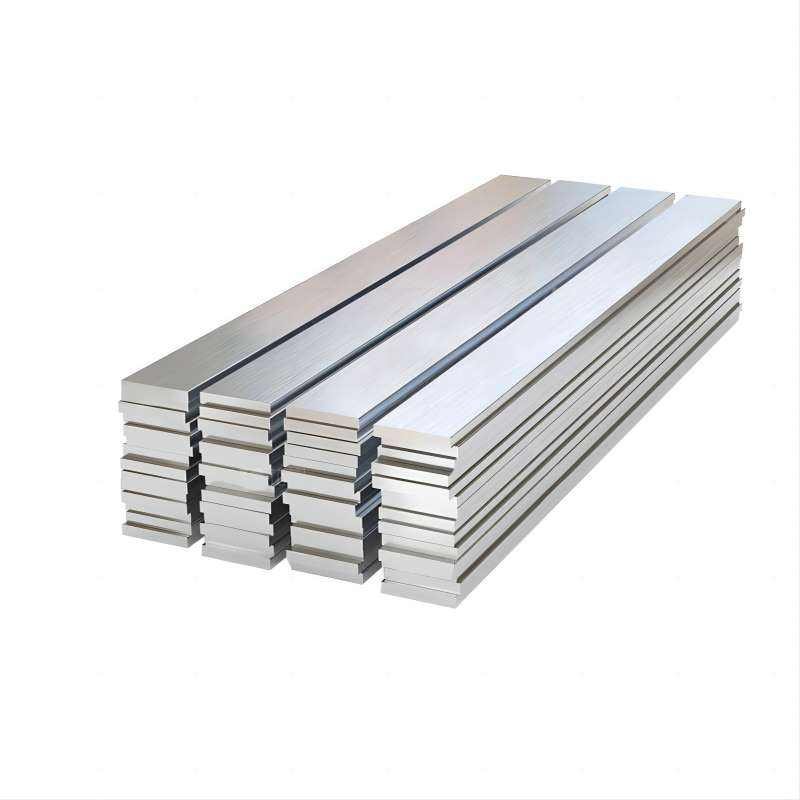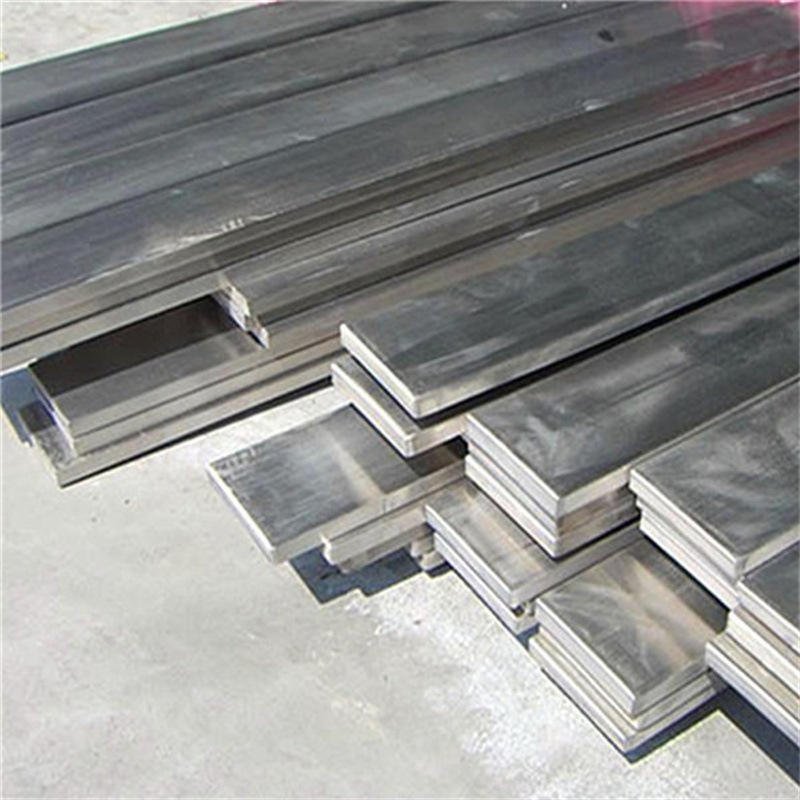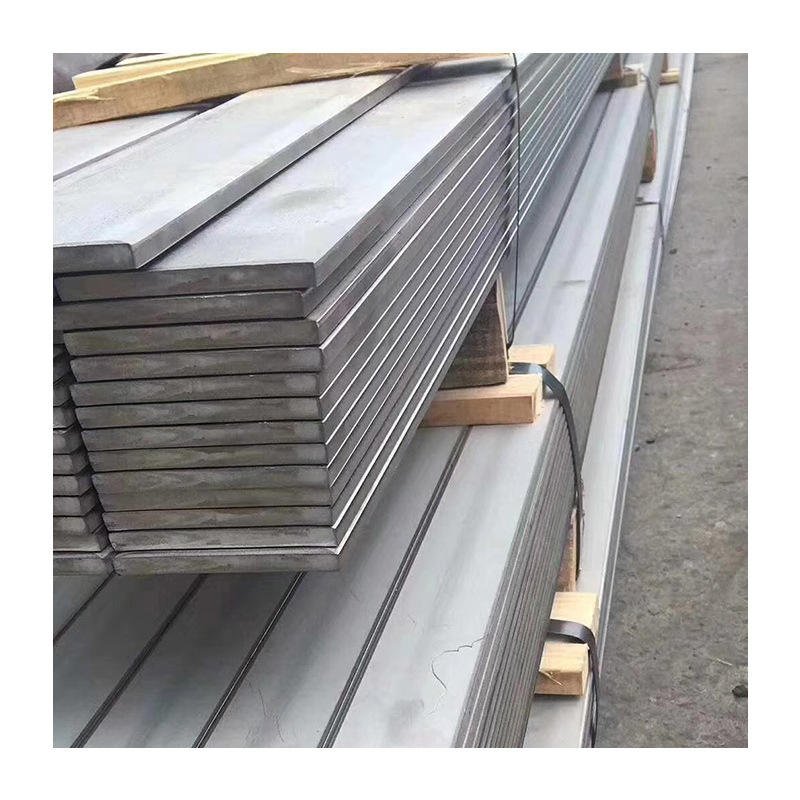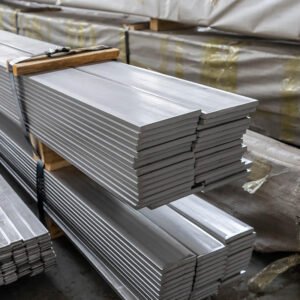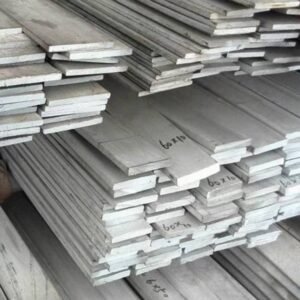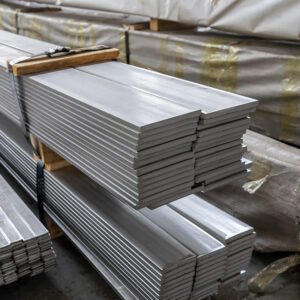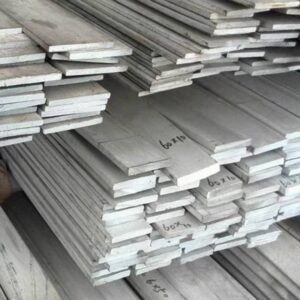I. Excellent Corrosion Resistance (Core Material Advantage)
The primary strength of stainless steel flat bar stems from its chromium (Cr) content (typically ≥10.5%). Chromium reacts with oxygen to form a dense, stable chromium oxide (Cr₂O₃) passive film on the surface, which effectively blocks corrosive media (air, water, acids, alkalis) from attacking the underlying steel. Specific performance includes:
- Resistance to general environmental corrosion: Maintains rust-free performance in atmospheric, freshwater (tap water, rainwater) environments for long periods. Ideal for outdoor construction components (e.g., guardrails, brackets) and indoor decorative parts.
- Enhanced resistance to specific media (grade-dependent):
- 304 stainless steel flat bar: Contains 18% Cr and 8% Ni, resisting mild acids (vinegar, fruit juices), household detergents, and humid conditions. Suitable for kitchen hardware (e.g., countertop supports) and food processing equipment parts.
- 316 stainless steel flat bar: Adds molybdenum (Mo, ~2-3%), significantly improving resistance to strong acids (sulfuric acid, seawater, and industrial chemicals). Perfect for marine applications (ship deck brackets), coastal infrastructure, and chemical plant pipelines.
- 430 stainless steel flat bar: A cost-effective ferritic grade (16-18% Cr, no Ni), offering basic rust resistance for dry indoor scenarios (e.g., furniture trim, decorative strips).
II. High Mechanical Strength & Durability
Stainless steel flat bar balances strength, toughness, and structural stability, meeting the demands of both load-bearing and wear-resistant applications:
- Superior tensile & yield strength: For common grades, 304 flat bar has a tensile strength of 515-795 MPa and yield strength ≥205 MPa; 316 flat bar reaches 515-827 MPa tensile strength. This enables it to bear static/dynamic loads, such as supporting mechanical components (e.g., machine bases) or structural frames.
- Good toughness & impact resistance: Unlike brittle high-carbon steels, stainless steel (especially austenitic grades like 304/316) retains high ductility (elongation ≥40% for 304) even at low temperatures (-196°C for 304). It withstands minor impacts (e.g., accidental collisions with equipment) without cracking.
- Long service life: Resists wear, oxidation, and environmental aging. In typical indoor environments, 304 flat bar has a service life of 20-30 years; 316 flat bar can last 30-50 years in coastal or industrial settings—far longer than carbon steel flat bars (prone to rust).

